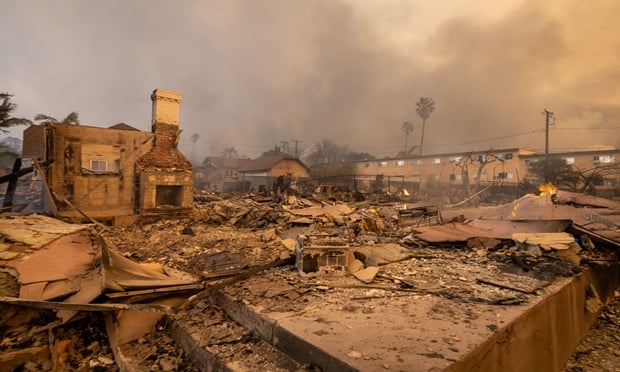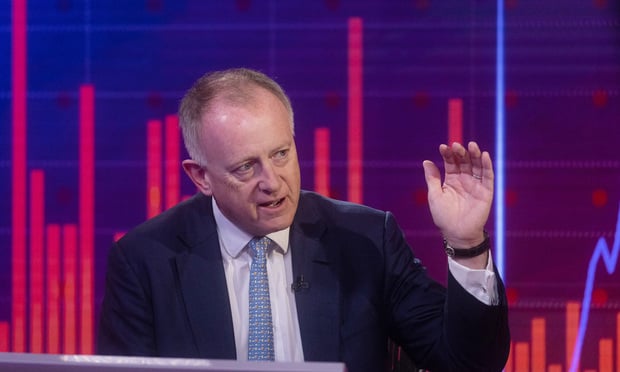"Optimistic models" project that if the avian flu moves from birds to humans and causes a pandemic, it could cause $15 billion to $20 billion in U.S. insured losses, according to a Standard and Poor's analysis.
The New York rating services firm said that overall worldwide losses of $71.3 billion to $200 billion could result and that the heaviest impact could fall on big cities with large transit systems.
The $15 billion to $20 billion figure, based on U.S. Center for Disease Control data, reflects medical advances and containment efforts of the type that restricted Severe Acute Respiratory Syndrome (SARS) in 2003, S&P said.
Recommended For You
Want to continue reading?
Become a Free PropertyCasualty360 Digital Reader
Your access to unlimited PropertyCasualty360 content isn’t changing.
Once you are an ALM digital member, you’ll receive:
- Breaking insurance news and analysis, on-site and via our newsletters and custom alerts
- Weekly Insurance Speak podcast featuring exclusive interviews with industry leaders
- Educational webcasts, white papers, and ebooks from industry thought leaders
- Critical converage of the employee benefits and financial advisory markets on our other ALM sites, BenefitsPRO and ThinkAdvisor
Already have an account? Sign In Now
© 2025 ALM Global, LLC, All Rights Reserved. Request academic re-use from www.copyright.com. All other uses, submit a request to [email protected]. For more information visit Asset & Logo Licensing.








